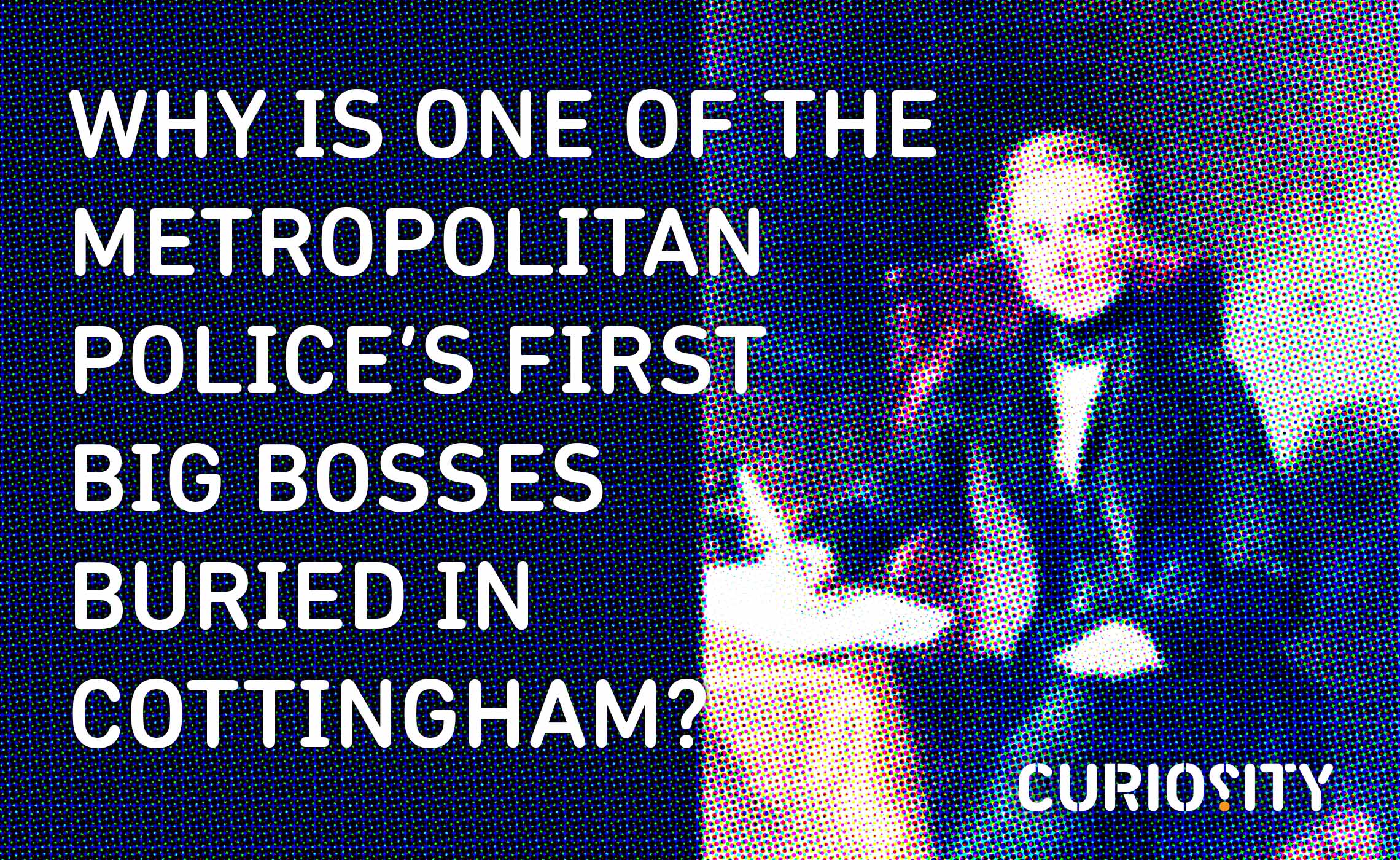Our police history correspondent Angus Young is a proud and enthusiastic graveyard rambler and often finds fascinating tales of local folk long past.

Graveyards are a treasure trove when it comes to researching local history. The one at St. Mary’s Church in Cottingham is no exception with a singular very striking tomb standing out. Surrounded by high iron railings on four sides, it features a prominent stone obelisk standing in the shade of a nearby tree. Closer inspection reveals it’s a grave for the Wray family.
There’s an engraved stone commemorating Anne Wray, who died in 1854 aged 66 and another in memory of what appears to be her three children – Eliza, John and Fanny. However, the reason for the striking monument lies in the contemporary importance of Anne’s husband John who, according to his own commemoration stone attached to the base of the obelisk, died in 1869. Still clearly visible and etched in stone, it reads: “In memory of John Wray Esquire, late Receiver General of the Metropolitan Police. Founder and for 43 years chairman of the University Life Assurance.”
Unlike Sir Robert Peel who, as Home Secretary, was responsible for the introduction of the Metropolitan Police force in London in 1829, little is known of the man who played a major role in getting it off the ground. That man was John Wray.

Born in Hull in 1782, Wray was appointed as the Met’s first Receiver Governor, or chief financial officer. It was his responsibility to organise and oversee the collection of money from London’s parishes to fund the new-look force, working from an office in Whitehall Place with a rear entrance in Scotland Yard. Wray was the son of Lieutenant Colonel John Wray, commander of the Hull-based Fourth Battalion of the East Yorkshire Militia and a member of Hull Corporation who was best known for initiating a national relief fund for children and widows of men who had died during the Battle of Waterloo. Wray junior studied at Trinity College in Cambridge and worked as a barrister before joining the Met on an annual salary of £700. He served with the force until 1860 when he retired, aged 78

An official history of Scotland Yard describes him as “completely honest but far from organised by today’s standards”. Apparently, most of his dealings were verbal while his “interest in accurate account keeping was remote”. Even so, by the time he retired Wray had seen the Met grow to a force of 10,000 officers.
He also managed to juggle his role controlling the Met’s purse strings with founding and chairing the University Life Assurance Society, which was later acquired by Equitable Life group several years after his death. On retirement, Wray returned to live in East Yorkshire as a widower.
Today his name lives on in a block of flats built by the Metropolitan Police in Chelsea in the 1930s to provide accommodation for 114 police officers and their families. Wray House was sold in 1986 and converted into private residential accommodation but retains a link with the police as its original architect Gilbert Mackenzie Trench was also responsible for designing the iconic blue police call box later made famous as Dr Who’s Tardis.
